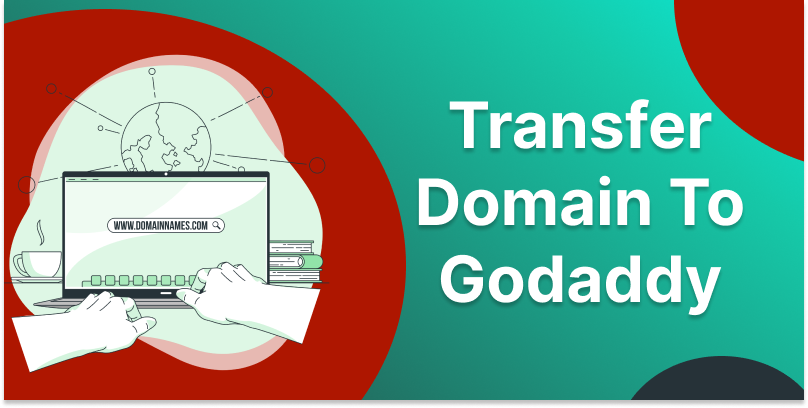Search Engine Optimization (SEO) is the backbone of digital visibility. While off-page strategies like backlinks play a crucial role, on-page SEO is where it all begins. It’s the art and science of optimizing individual web pages to rank higher and earn more relevant traffic from search engines.
In this comprehensive guide, we’ll break down the key elements of on-page SEO, why they matter, and how to implement them effectively in 2025.
What is On-Page SEO?
On-page SEO refers to all the actions you can take within your website to improve its position in search rankings. This includes optimizing content, HTML source code, and internal links.
It differs from off-page SEO, which focuses on external factors like backlinks and social signals.
Key On-Page SEO Elements
1. Title Tags
- The clickable headline that appears in search engine results.
- Best Practices:
- Keep it under 60 characters.
- Include the primary keyword close to the beginning.
- Make it compelling to encourage clicks.
- Example: On-Page SEO Guide: Boost Rankings in 2025
- Keep it under 60 characters.
2. Meta Descriptions
- A brief summary of the page content shown under the title tag in search results.
- Best Practices:
- Limit to 160 characters.
- Include your target keyword naturally.
- Write a persuasive summary that encourages click-throughs.
- Limit to 160 characters.
3. URL Structure
- SEO-Friendly URLs:
- Keep it short and readable.
- Use hyphens instead of underscores.
- Include relevant keywords.
- Example: yourdomain.com/on-page-seo-guide
- Keep it short and readable.
4. Header Tags (H1, H2, H3…)
- Help organize your content and improve readability.
- Best Practices:
- Only one H1 tag per page (usually the main headline).
- Use H2 and H3 tags for subtopics.
- Include keywords where appropriate.
- Only one H1 tag per page (usually the main headline).
5. Keyword Optimization
- Strategic Placement:
- In the first 100 words.
- In headers (H1, H2).
- Throughout the content, naturally.
- In the first 100 words.
- Avoid keyword stuffing. Use LSI (Latent Semantic Indexing) keywords and synonyms.
6. High-Quality Content
- Google prioritizes content that:
- Answers search intent.
- Is original and well-researched.
- Uses visuals (images, infographics, videos).
- Is long-form (1000+ words when necessary).
- Is updated regularly.
- Answers search intent.
7. Image Optimization
- Use descriptive file names (e.g., on-page-seo-infographic.jpg).
- Include ALT text with relevant keywords.
- Compress images for faster loading. (Use Tiny PNG)
8. Internal Linking
- Helps search engines discover other pages on your site.
- Best Practices:
- Link to relevant blog posts or pages.
- Use descriptive anchor text.
- Keep it user-focused.
- Link to relevant blog posts or pages.
9. Mobile Friendliness
- Use responsive design.
- Test with Google’s Mobile-Friendly Tool.
- Ensure readability and fast loading on mobile devices.
10. Page Speed Optimization
- Speed matters for rankings and user experience.
- Tips:
- Use tools like Google PageSpeed Insights or GTmetrix.
- Optimize images, leverage browser caching, and reduce server response time.
- Use a Content Delivery Network (CDN).
- Use tools like Google PageSpeed Insights or GTmetrix.
11. Schema Markup (Structured Data)
- Helps search engines understand your content better.
- Benefits:
- Can lead to rich snippets (stars, prices, FAQs).
- Use tools like Google’s Structured Data Markup Helper.
- Can lead to rich snippets (stars, prices, FAQs).
12. Content Readability
- Keep it clear and digestible:
- Use short paragraphs.
- Include bullet points and lists.
- Use tools like Hemingway Editor or Grammarly.
- Use short paragraphs.
13. Outbound Links
- Link to authoritative sources.
- Builds credibility and adds value to your content.
On-Page SEO Tools
| Tool | Purpose |
| Yoast SEO | Real-time SEO suggestions |
| Rank Math | SEO plugin with advanced controls |
| Screaming Frog | SEO audit tool |
| Google Search Console | Performance tracking |
| Surfer SEO | Content optimization |
Final Tips for Success
- Prioritize user experience.
- Keep content fresh and updated.
- Use Google Search Console to monitor and fix errors.
- Test different title/meta variations for better click-through rates.
Conclusion
Mastering on-page SEO is not just about pleasing search engines—it’s about providing real value to your visitors. With competition fiercer than ever in 2025, attention to on-page details can make the difference between ranking on page one or being invisible.
Focus on creating valuable content, structuring it smartly, and using the right on-page techniques—and the results will follow. Check our OFF Page SEO Guide
FAQ
What is On-Page SEO?
On-Page SEO refers to actions taken within a website to improve its search engine ranking. This includes optimizing elements like the webpage title, meta description, URL, and content.
What is the difference between On-Page SEO and Off-Page SEO?
On-Page SEO focuses on internal changes to a website, such as content and structure. Off-Page SEO, on the other hand, concentrates on external factors, such as backlinks, social media promotion, and brand mentions.
Why are the title and meta description important?
The title and meta description are the first elements visible on a search engine results page. They are crucial for attracting users to click on your page. Both should contain the main keyword to be effective.
How to create high-quality content?
To create good content, you should focus on the following:
Answer user questions.
The content should be original, not copied.
Use visuals and subheadings.
Ensure the text is easy to read.
What is the importance of a URL in On-Page SEO?
For SEO, the URL should be short and easy to read. Using the main keyword in the URL helps both users and search engines understand what the page is about.


